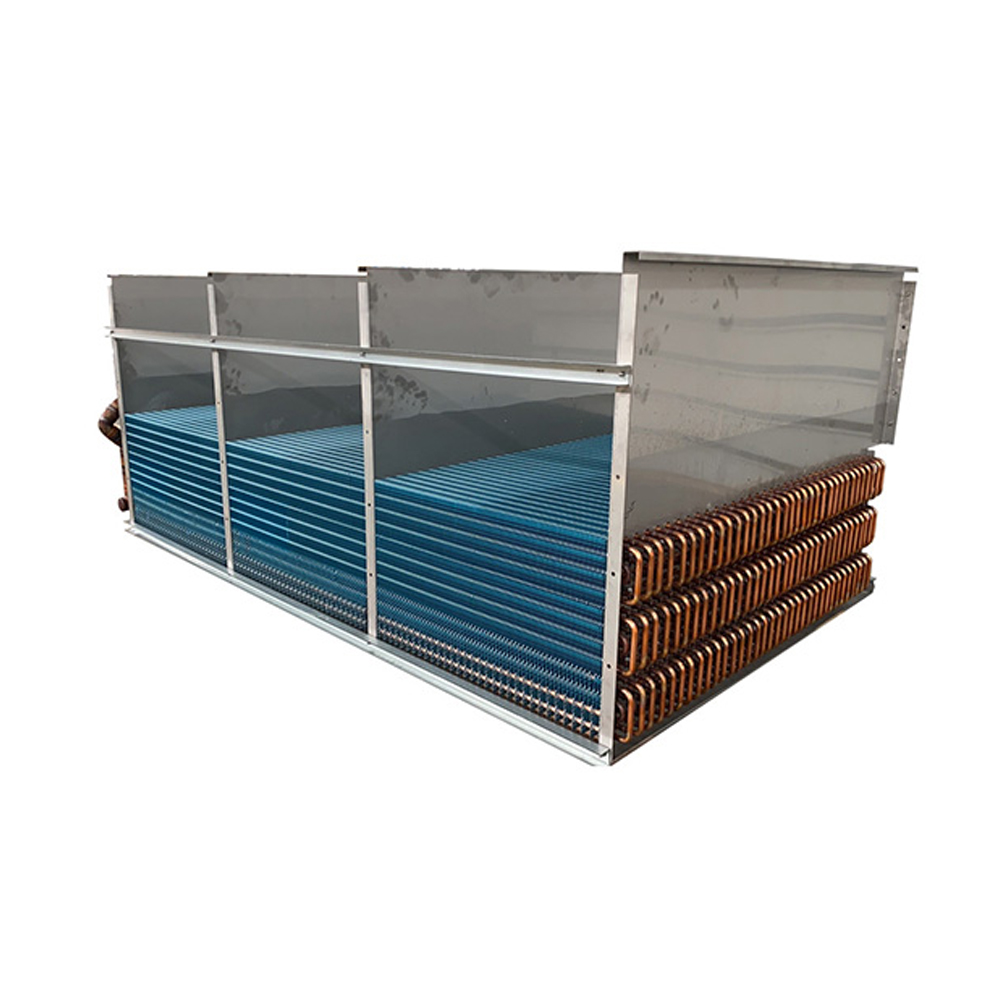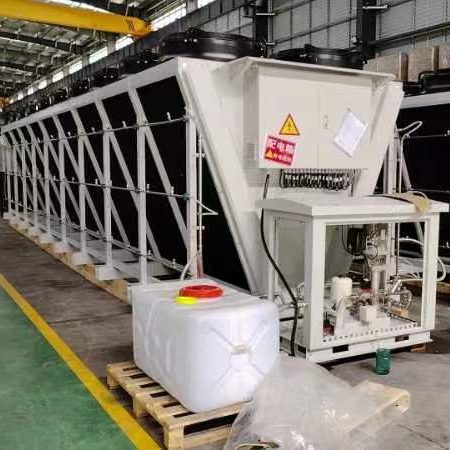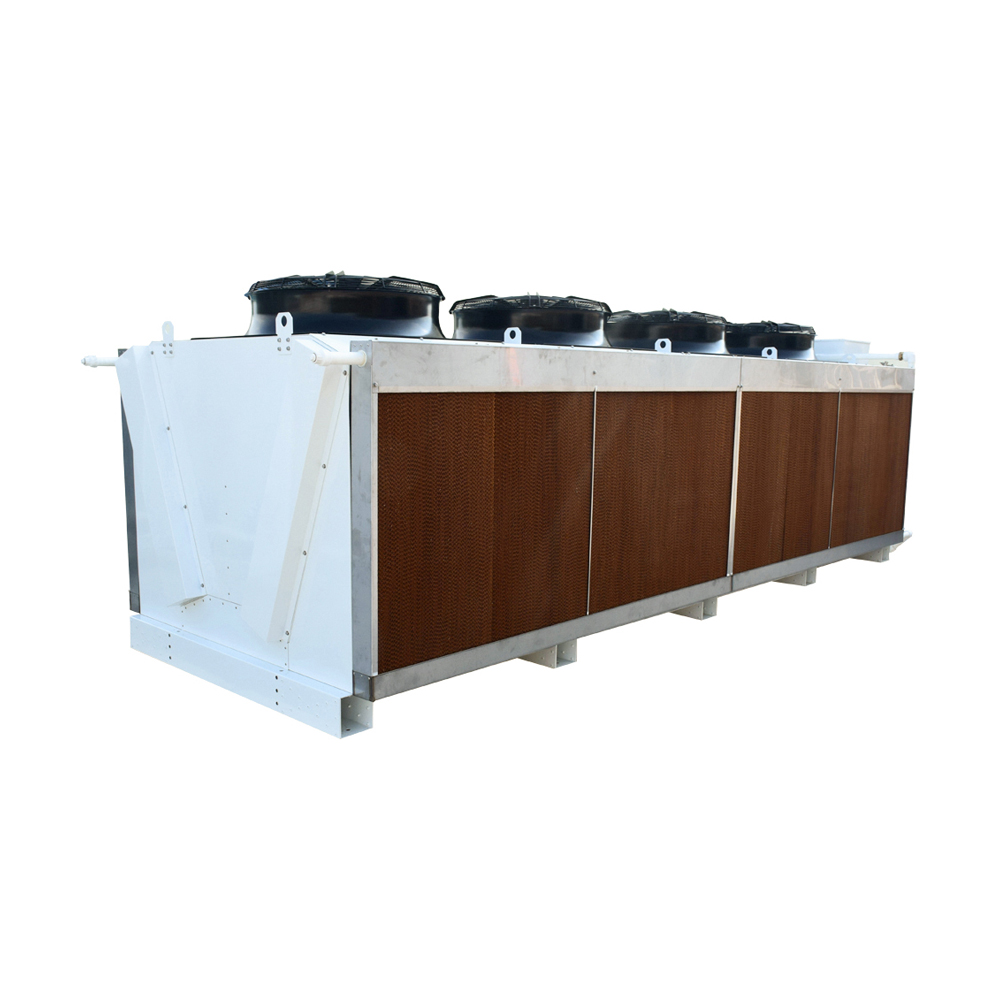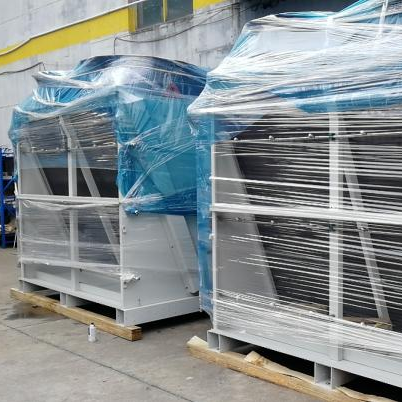Dry cooling technology is reshaping how industries approach sustainability, with its potential to revolutionize water conservation and thermal management. This isn’t just about innovation; it’s about fundamentally changing industrial operations to align with environmental priorities. Yet, misconceptions persist, often clouding the opportunities dry cooling offers. We’ll explore these dynamics, grounded in real experiences and nuanced insights.
The Basics of Dry Cooling
So, what exactly is sèk refwadisman? At its core, dry cooling involves heat dissipation without the use of water, a crucial factor in areas where water is scarce. This is contrary to conventional cooling systems, which rely heavily on water, a limited resource in many regions. Our experience at Shanghai SHENGLIN M&E Technology Co.,Ltd, underscores the challenge: implementing dry cooling in humid environments isn’t straightforward but holds significant promise for water savings.
Years of tweaking and adjusting systems have shown that dry cooling works best in specific climates. In Arizona’s dry, desert environment, the payoff is clear. Conversely, the challenge escalates in humid areas. The team at SHENGLIN often navigates these variables, adjusting designs for maximum efficiency. And let’s not forget, installation space requirements sometimes catch people off guard.
An interesting observation: dry cooling systems can reduce operational costs over time despite the higher initial investment. This factor alone shifts the economic equation significantly, especially as energy prices fluctuate. Our clients often share how unexpected savings pop up in their balance sheets within the first few years of operation.
Environmental Implications
From an environmental perspective, dry cooling sharply reduces industrial water consumption, a critical advantage in industrial sustainability. Water conservation, out of necessity, becomes part of the company’s ethos. At SHENGLIN, sustainability isn’t a checkbox—it’s integrated into the fabric of our technological innovations.
Community impact is another angle often overlooked. Industries adopting dry cooling tend to receive better public support, easing community relations—something we observed firsthand in multiple project approvals. Communities value companies that visibly reduce environmental impact, and dry cooling can be a part of that narrative.
One case in point: a plant that transitioned to dry cooling saw both emissions and water usage drop dramatically, thereby improving their sustainability credentials. The local government actually spotlighted them, further enhancing their public standing.

Operational Challenges and Solutions
Despite its benefits, dry cooling is not without its challenges; understanding these is crucial for anyone considering this technology. One consistent issue we’ve faced is the perceived increase in capital expenditure. The upfront cost can be daunting, which is where tailored financial planning comes into play.
Installation complexity is another hurdle. For example, retrofitting existing structures to accommodate these systems poses significant logistical puzzles. Our field teams at SHENGLIN often spend weeks planning installations to minimize downtime and disruption.
Interestingly, regular maintenance is simpler than people expect, though. With fewer moving parts and no water treatment required, the maintenance team focuses more on optimizing performance rather than firefighting breakdowns.
Comparing with Wet Cooling Systems
In comparing dry cooling to traditional wet cooling, it’s not about which is better in a broad sense, but about understanding appropriateness for each situation. Wet cooling remains effective but environmentally costly. SHENGLIN works with both, offering clients informed choices.
The thermal efficiency of wet systems can be higher in certain climates, which sometimes complicates decision-making. A client once shared their hesitation switching due to perceived efficiency losses, but after careful analysis, they realized long-term gains in sustainability with dry cooling.
Simply put, when regulations and sustainability targets loom large, dry cooling presents a viable alternative that warrants serious consideration. It’s a part of the evolving industrial landscape, one where flexibility and foresight are invaluable.
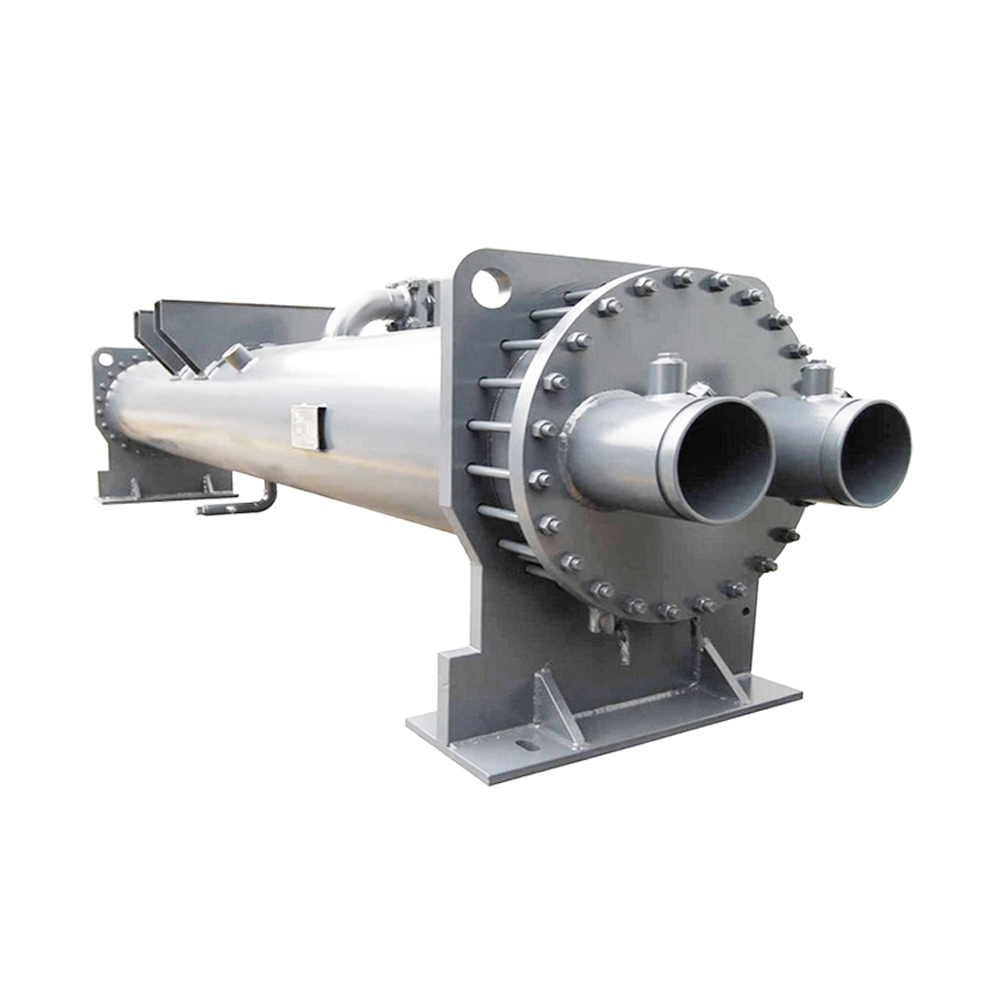
Future Prospects and Innovations
Looking forward, dry cooling technology is set to evolve even further. Continuous R&D efforts are critical. Our engineers at SHENGLIN are experimenting with hybrid systems, combining the best of both wet and dry cooling, tailored to unique industrial needs.
Emerging technologies, like those monitored at https://www.ShenglinCoolers.com, are reducing energy consumption, increasing efficiency, and opening new possibilities. The hope is that this kind of innovation can standardize advanced cooling techniques across various sectors.
Ultimately, as industries worldwide strive for greater sustainability, the role of dry cooling cannot be overstated. With continued innovation, collaboration, and commitment, dry cooling can become an integral part of sustainable industrial operations.












